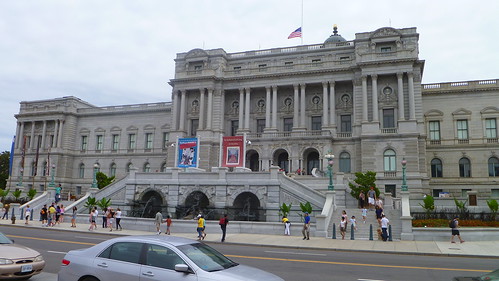
I learned about a new resource at one of the NCTIES sessions I attended last week. I actually learned about LOTS of neat things at all of the sessions, but I wanted to share this one first!
Did you know there is a Teachers section and lots of available classroom resources on The Library of Congress website?
The part that really caught my attention was the Using Primary Sources area. When I was in the classroom, helping students use and understand primary sources is something I admit I did not do very well. I really did not know what I was supposed to do and what students were supposed to be able to do .... if I could even find primary sources for us to examine.
Here is a great definition of primary sources from The Library of Congress Site:
Primary sources are the raw materials of history — original documents and objects which were created at the time under study. They are different from secondary sources, accounts or interpretations of events created by someone without firsthand experience.
Just that definition helps me understand the reason for encouraging students to examine and explore primary sources .... we regularly talk about various points of view and perspectives. I have done a large amount of research on Orville and Wilbur Wright. I loved being able to look at their notes and scrapbooks to see what they thought and how they understood what they did instead of reading an interpretation of their actions.
On the Using Primary Sources page, there are three sections which some direction for teachers and questions for students:
- Engaging students with primary sources.
- Promote student inquiry.
- Assess how students apply critical thinking and analysis skills to primary sources.
- Where does you eye go first?
- What do you see that you didn't expect?
- What powerful words and ideas are expressed?
- Citing Primary Sources
- Copyright and Primary Sources
- Finding Primary Sources
- Teacher's Guides and Analysis Tool for a variety of types of Primary Sources
Do you understand a bit more about Primary Sources and how to explore them? I do! :)
No comments:
Post a Comment